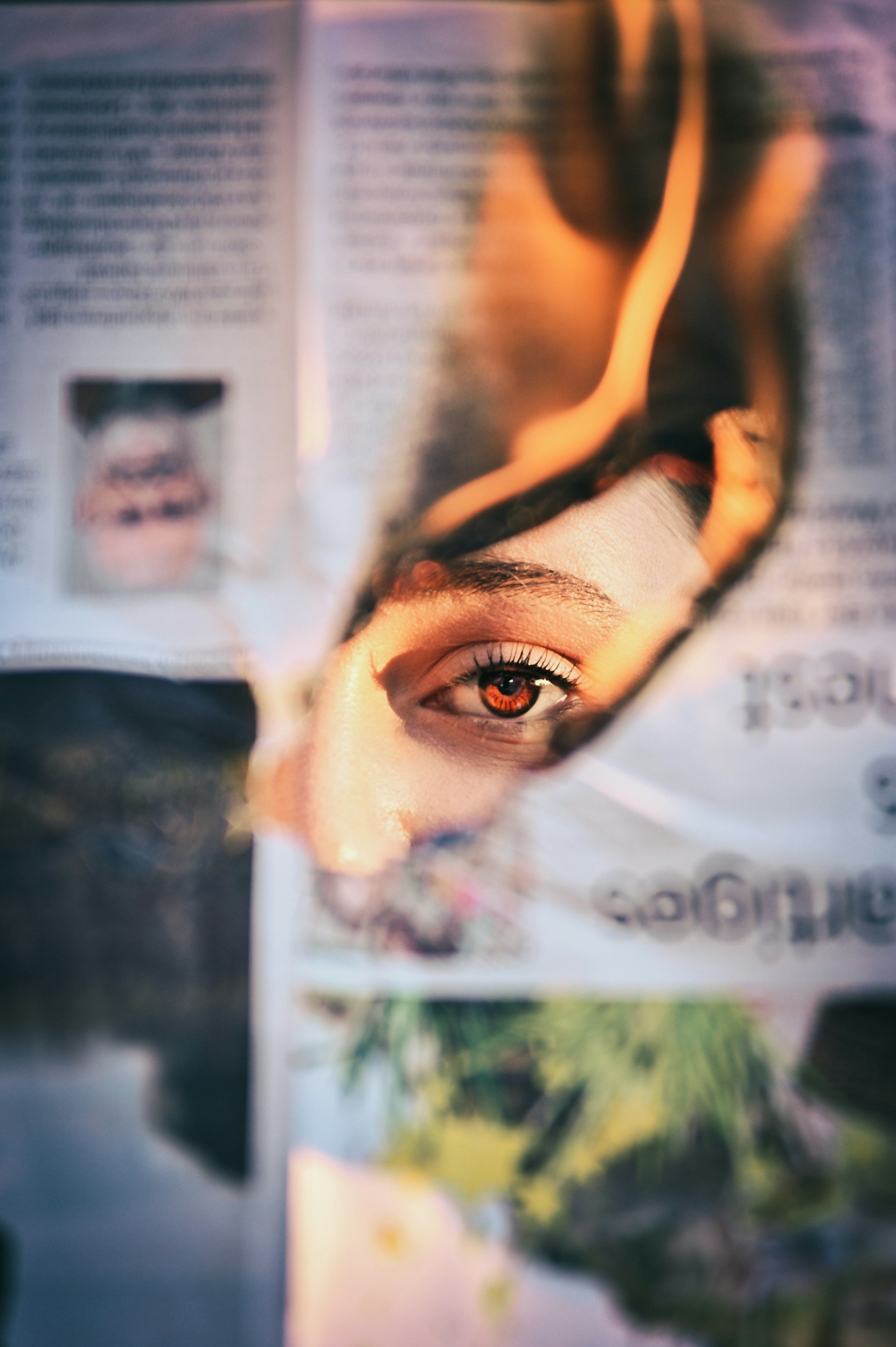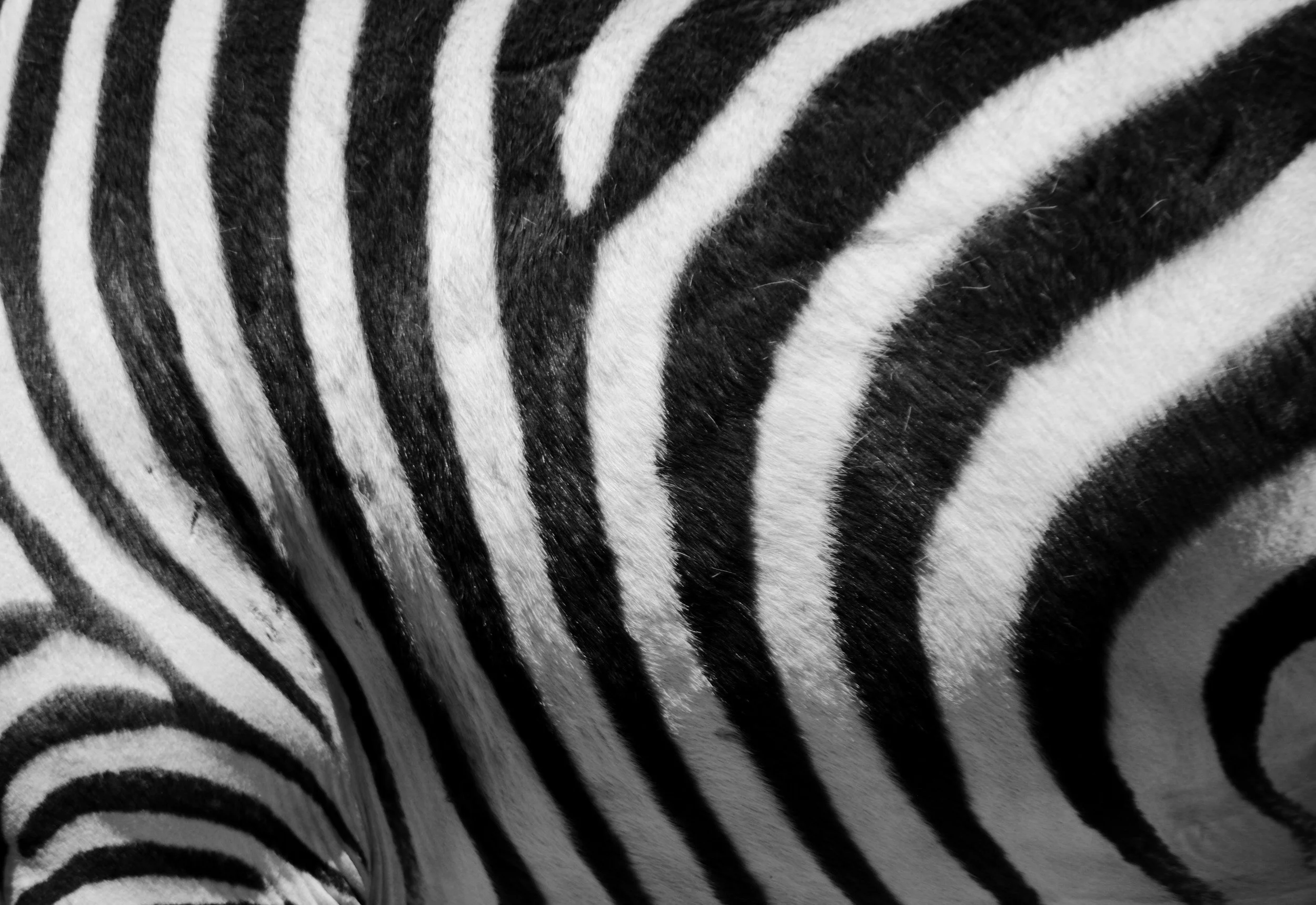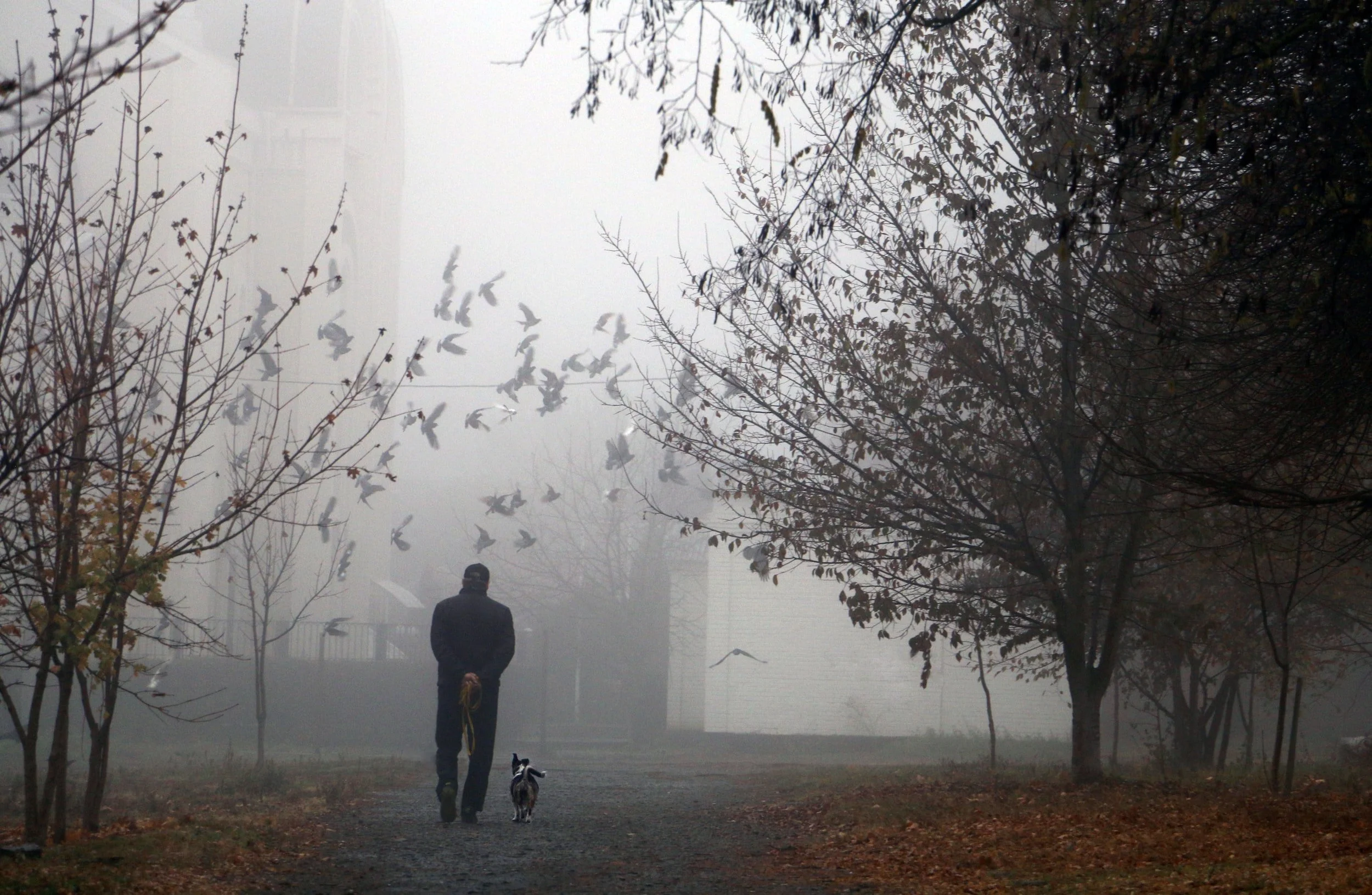In Homage to the Stranger in the Photo
Before getting a smartphone in the seventh grade, I relied on memories captured by others. My mother, an amateur photographer, stored thousands of snapshots on her phone. Whenever I felt bored, I would navigate through them, retrieving, reliving, and retaining each preserved story. If desperate enough, I would even haul dusty family albums, cached under my bed, and flip through their glossy, laminated pages without realizing or caring for the passing time. I looked so different then. I was so different then. I wonder who they were. I wonder where they are now. The tendency to reminisce over the past remains with me. My mother says I have her genes. Perhaps she is right.
With my own phone, I also adopted photography as a hobby. I began by taking countless snapshots of arbitrary moments and objects daily, draining my old phone’s storage. I feared that the past would slip through my fingers like sand. I still do. So, I continue to rely on my phone’s memory, lest my own fail me.
When we photograph time, we make abstract moments tangible and tangible objects valuable. Whenever I analyze pictures, I recall Holden Caulfield’s thoughts on museums. Both freeze moments and articles. We frame pictures in our homes and moments in our minds like museums protect artifacts in glass. Both are time machines. Whenever we revisit them, we perceive museums and memories differently, for we evolve continually. But, they remain the same.
In one photograph, all the adults beside me are strangers. Even my mother, holding me still, looks different. I was too oblivious to comprehend her youth until her hair greyed, style faded, and voice deepened. In the photo, I appear as overwhelmed by the sheer number of my family members as I currently would feel. Their unity is foreign. It has been nearly five years since my uncle’s demise and several more since my aunts and cousins relocated away from my neighborhood. Still, I hear my uncle’s long, loud coughs echo through the paper-thin walls from next door and throughout the neighborhood at midnight.
My mother fancied adorning my older sister and me with handsewn salwar kameez. We were her twin dolls. In a photograph of us, I wear silver anklets on both feet. I vividly hear its small bells chime as I would run from one end of the living room to the other. They felt as cold as ice against my ankles even in the scorching sun.
I find that people cherish nostalgia, even if it is built on romanticized and otherwise reconstructed yesterdays, as Offred once said. Whenever I examine photographs, I realize how much I changed and in which ways I am still the same.
One photo, from 2014, remains imprinted in my mind. In it, I smile innocently as I look at my mother photographing me. We were at Redondo Beach, around nine in the morning, having taken my sister to her volleyball practice. My mother and I roamed the beach while we waited for her.
At the time, more frequent and violent fallouts at home were the source of my misery. My mother deemed it best I experience a different environment. She realized I was coming of age and finally understanding fundamental issues in our family. Grasping my mother’s intentions, I felt closer to her.
It was a warm day. Yet, I donned thick clothes; they protected and embraced me. I appreciated the beach’s serenity. It muffled the shouting at home. Yet, I felt sick. I loathed the whiff of the fresh morning air, the sour scent of the salty sea, and the tauntingly mobile seagulls whose squawks filled my ears. I felt lethargic and wished to be in bed. But home was not an option. Helpless, I sat still on the bed of boulders and stared at the vast body of roaring waters. Its chaos comforted me. The waves embodied the tears I hadn’t the capacity to shed. They momentarily drowned the negativity I mentally hoarded. Their recurring pattern and support seemed reassuring and infinite. In truth, the crashing waves cleansed my mind of ignorance and innocence.
In the photograph, I conceal my pain with a strained smile. But I was drowning in the realities of life. My family was not perfect. Life was not free of troubles. The future was and always would be uncertain.
I was unaware I would develop an eating disorder in the coming months to cope with the overwhelming changes. But I would also learn how education transformed my mind. I would watch the funniest television show The Office. I would fall in love with literature and cinema and science. I would find depth in photography, perhaps more than my mother did. I would envision much for the future. I would make new relationships. I would willingly embrace these changes.
The girl in the photograph is a stranger to me. But she is a stranger for whom I feel much empathy. I wish I could embrace her so she would not have to rely on the physical support of her layered clothing. I wish I could tell her that pain is a continual component of life, and she can overcome it each time. So, I sing her ballad and keep her memory alive.
-Sana Asifriyaz
Sana Asifriyaz was born and raised in Los Angeles, California, as a first-generation Muslim-Indian immigrant. Throughout her life, Asifriyaz lived in her small hometown Lomita. While encountering personal adversities in her early life, Asifriyaz passed time by reading and self-teaching, which transformed into her lifelong passion, purpose, and empowerment. As she amplified her voice through her visual and literary art, she became keen on exploring the various perspectives and aspects of the world, advocating for universal education and equality, and evolving as both a scholar and an individual. Asifriyaz is an award-winning, high-achieving high school senior at Rolling Hills Preparatory School. For each year she has spent in high school, her writing and artwork have been published in her school’s literary magazine. Two of her written works are featured in The Pear Shaped Press’ upcoming anthology A Teenager’s Guide to Feminism. Asifriyaz passionately studies various subjects, ranging from the humanities to the sciences. She also contributes to her community both on- and off-campus as she actively leads several school clubs, including Cakes 4 Causes, through which she raises funds through bake sales to donate to local nonprofit organizations, and Math Club, through which she avidly encourages her fellow female students to partake in the STEM fields. Asifriyaz aspires to study biology and psychology as she pursues an interdisciplinary higher education and a career in both research and teaching. She lives in Los Angeles, California, with her parents, older sister, and grandmother. Her leisure activities (besides writing) include critically analyzing books and films, baking, walking, traveling, watching plays, visiting museums, and playing cards with her family.





















